
Window replacement is not going to have the same instant visual impact as a kitchen renovation, but when it comes to pushing your home's comfort, quietness, and energy efficiency to the next level in the long term, uPVC windows are a good investment. Too often are these benefits overlooked, even though they can change your life. If you’ve ever struggled with draughty timber frames letting in the cold or noticed condensation dripping from aluminium sills in the heat, you’ll know how frustrating and costly those issues can be. uPVC windows solve these problems by providing superior insulation and sealing, keeping your home comfortable year-round and reducing the need for constant heating or cooling.
Many Aussie homeowners are discovering that uPVC windows installation offers a straightforward solution to years of frustration with outdated or underperforming frames.
Let’s explore why uPVC windows are becoming the go-to choice for Australian homes—and whether they’re the right fit for yours.
What makes uPVC windows different from other options?
Unlike wood or aluminium, uPVC (unplasticised polyvinyl chloride) is weather-resistant and easy to maintain. It will not rot like wood eventually will, warp when it is heated, or rust when it is moist or salty. All of these make uPVC a strong contender for usability as an appropriate selection for a house in Australia, where the weather can change so erratically.
A couple upgraded old wood sashes with uPVC windows and could tell the difference. They said that their home was at a better temperature, not cold with winter air leaks, not hot in the summer. And the soundproofing was fantastic—where they used to be able to hear their neighbour's dog bark at night, the new uPVC windows eradicated the noise so that the living space was quiet and serene.
Here’s what sets uPVC windows apart:
Durability: uPVC doesn't degrade in salty coastal air or extreme heat
Insulation: The multi-chambered design traps air, acting as a barrier
Low maintenance: A quick wipe is all it takes—no painting required
Security: Tough frames and modern locking systems up the ante
Benefits you’ll notice from day one
It’s not just theory. From what I’ve seen, most homeowners notice immediate improvements after installation. One client in Geelong told me she finally stopped needing to run her heater all day just to stay warm in winter. She saved nearly $500 on energy bills within the first year.
You might notice:
Quieter rooms: Great for homes near traffic or school zones
Condensation control: uPVC reduces internal moisture build-up
UV protection: Quality windows reduce sun-fade on furniture
Better resale value: Energy-efficient homes draw more interest

Understanding how uPVC fits into the bigger picture
Choosing the right window material isn’t always straightforward. You’ve got timber, aluminium, composites—and then there’s uPVC. Each option has its perks, but what really matters is how they perform in real homes, under real Aussie conditions.
In my own experience, householders with wooden-framed houses of the traditional type are between a rock and a hard place with low maintenance or high insulation. Aluminium is cheap, yes—but not so resilient as regards very hot or coastal climates. This is why more and more people are turning to uPVC these days: it is the perfect middle-of-the-road option between comfort, durability, and low maintenance.
If you’re weighing up your options, it’s worth digging deeper into how materials, such as those used in uPVC sliding windows, compare across insulation, upkeep, and lifespan.
Choosing the right installer matters
Before you rush off to Bunnings or Google “cheap window installers,” here’s a word of caution. Not all installers are equal. A high-quality uPVC window, poorly installed, is no better than a dodgy aluminium frame.
What should you look for?
Experience with uPVC specifically, not just general glazing
Certified energy ratings on their products
Clear warranty terms and after-sales support
Good local reviews, especially from homes similar to yours
A trusted installer makes all the difference when it comes to performance and peace of mind.
A smart move for sustainable living
Australia's building standards are being drawn tightly so they fall into tighter and tighter bands of energy efficiency, and only become more feasible in the future. Having your windows done now, then, is not so much about added comfort but future-proofing your home and having it spec-ready in the future. The homes that are investing in insulation and energy usage will be more valuable only after new and improved standards are used. As long as you're green-conscious (and you must be), uPVC windows are the ideal option.
They not only lower your bills, but they also assist in green building design of homes in general by making your house consume less energy in general. The lower the amount of energy consumed, the lower the emission; and that contributes to the larger picture under climate change initiative schemes. It's an upgrade to uPVC windows and building your house and the world's cleaner and greener tomorrow.
Final thoughts
Let’s be real—window upgrades aren’t cheap, but uPVC windows offer some of the best value in the long run. From day one, you’ll notice an immediate difference: better insulation, quieter interiors, and less energy consumption. Unlike timber or aluminium, uPVC won’t rot, warp, or rust, even after years of exposure to the elements. It’s durable, low-maintenance, and incredibly energy-efficient. If you’re still dealing with leaky, creaky, or drafty windows, now’s the time to consider uPVC. It’s a smart, long-lasting investment that will keep your home comfortable and secure for years to come—no regrets, just benefits.
And if you’re curious about how window choices affect your home's performance, the government’s guide to energy efficiency windows is worth a read.

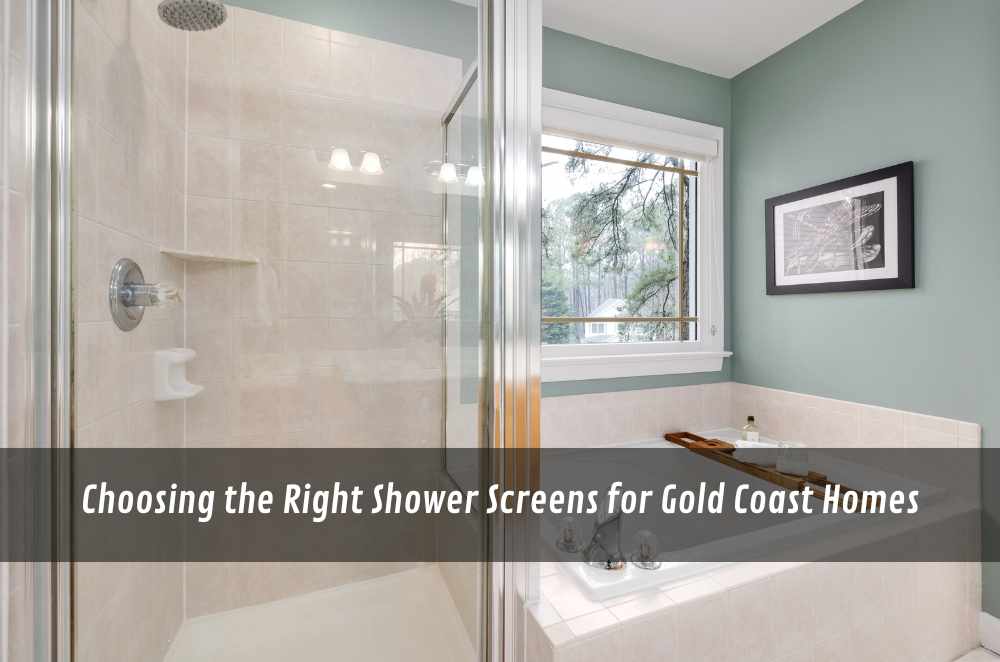
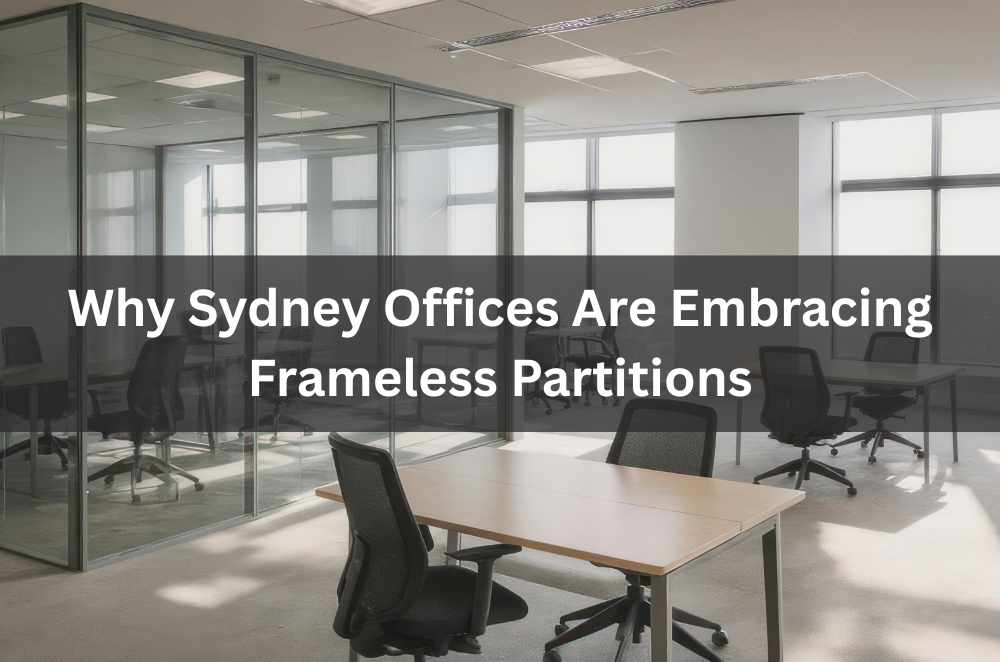
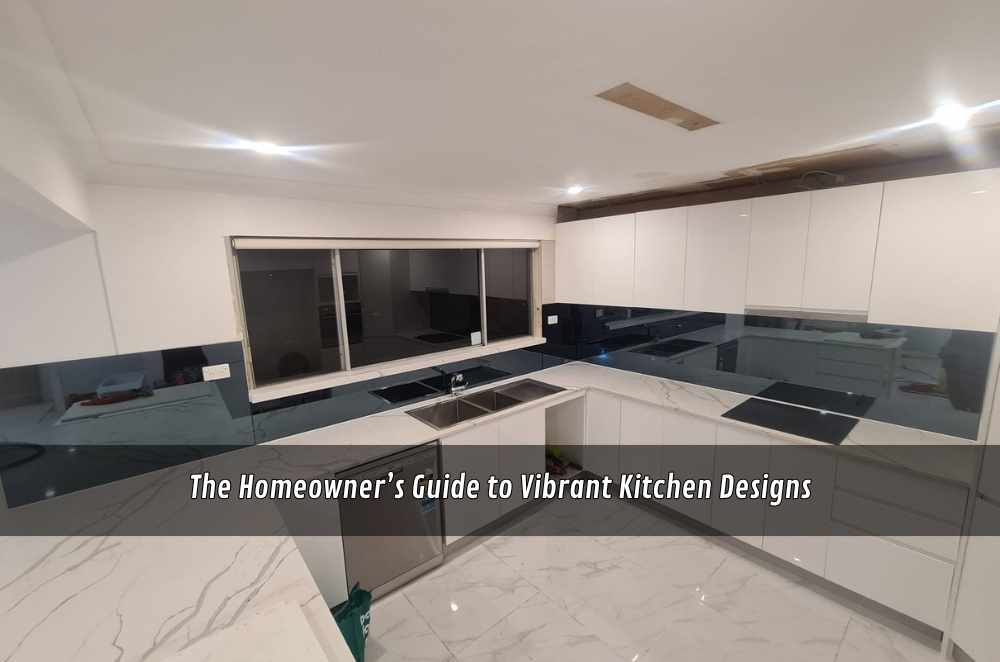
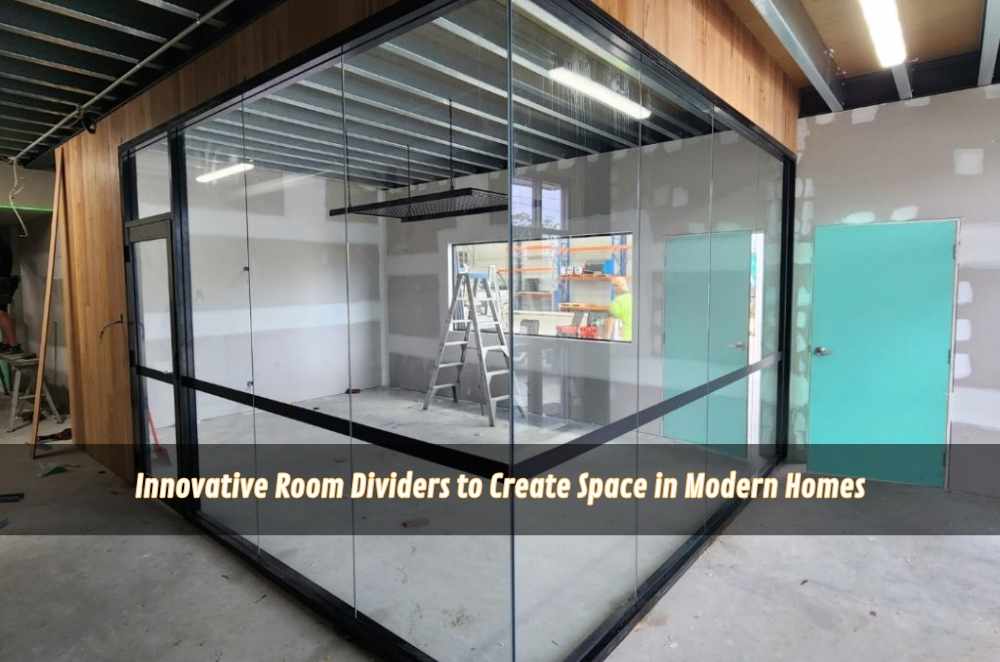
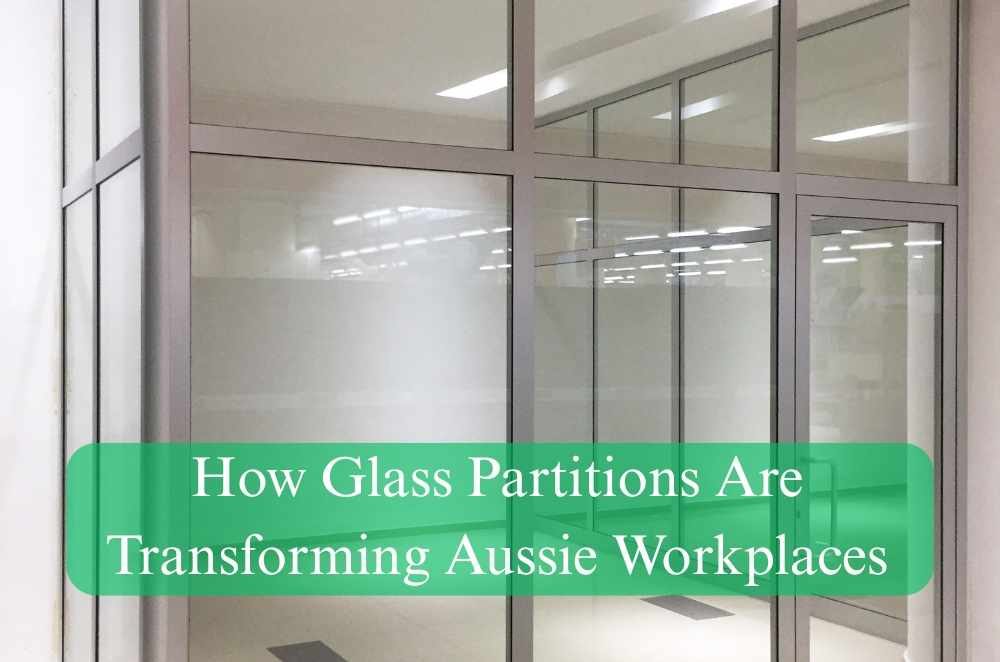







Write a comment ...